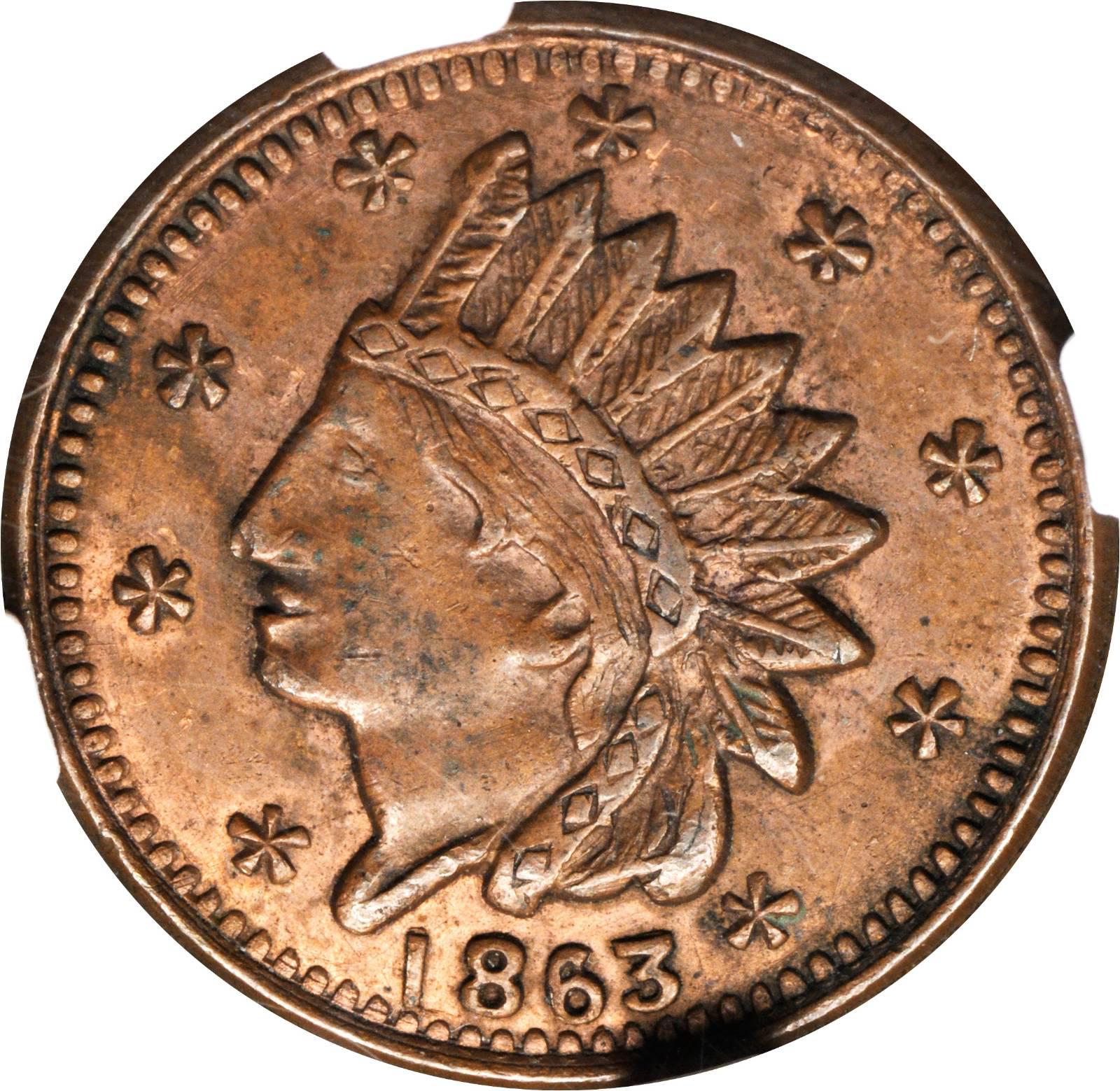

Considering this, it’s not surprising that NFTs have seen numerous applications within the art space. Since then, numerous NFT platforms and promising use cases have cropped up across a variety of industries.Īs a society, we tend to collect and attach significance to objects.

The use for NFTs quickly became clear in the gaming space: Unlike traditional games, blockchain environments allow true ownership of in-game assets. Cryptokitties was so popular that it was one of the first applications to clog the Ethereum network. NFTs first captured the attention of the mainstream crypto community in 2017 with the launch of the Ethereum collectibles game CryptoKitties. Ultimately, NFTs are so exciting because they’re unlocking a new economic system, giving newfound liquidity to digital assets and creating an interconnected global market for these items. The Ethereum blockchain gives strong guarantees of ownership, which lets users create secondary markets where they can trade and monetize in-game assets without the need to interact with third parties. This calls into question who truly owns these assets: game developers or the users themselves? While this may have seemed like a great investment, it also violated Blizzard’s terms of service - and when the company chooses to freeze someone’s account, the player’s in-game assets are also frozen. In 2007, a player sold their powerful character named Zeuzo to another player for $9,500. Since the Napster era, there have been other examples where secondary markets for digital assets were established, such as Blizzard’s World of Warcraft. Now, digital assets could be tied to a true owner without the need for a third party.

Ultimately, this served to give users sovereignty over their digital assets. Its primary use case - being able to store value - created the digital scarcity that extended over to other areas, including digital artwork or “limited edition” digital goods. Bitcoin created money that people couldn’t just copy.


 0 kommentar(er)
0 kommentar(er)
